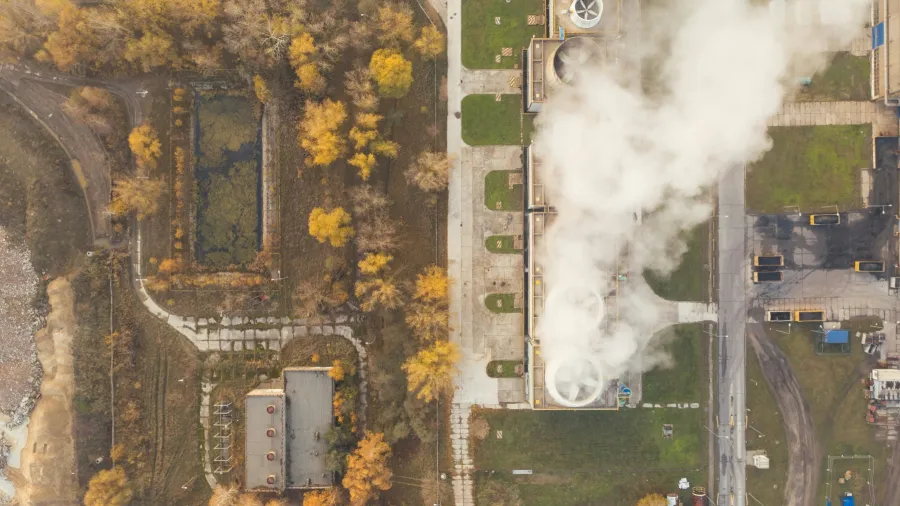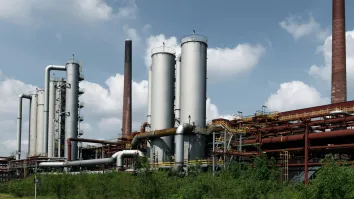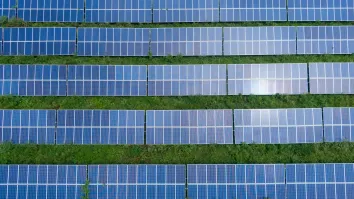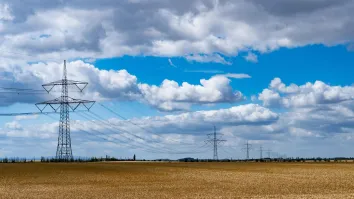
LNG sector faces oversupply amidst sluggish demand growth
Global LNG supply will grow 40% in five years from 2023 to reach 666.5 mtpa by 2028.
The liquified natural gas (LNG) sector is expected to experience an extended period of oversupply due to sluggish demand growth brought by the rise in export capacity, and major importing regions veering away from the use of the resource.
In a report, the Institute for Energy Economics and Financial Analysis said LNG imports to Japan and South Korea declined by 8% and 5% in 2023 as their governments plan to steeply cut the role of LNG and boost the switch to nuclear and renewable energy.
Europe’s natural gas demand has declined 20% since 2021.
“(G)lobal LNG suppliers and traders will increasingly depend on growth in emerging markets to both compensate for falling imports elsewhere and absorb a flood of new supply,” the report read.
ALSO READ: Japanese utility firms into serious business of reselling LNG surplus
“However, such rapid LNG demand growth in emerging economies is not guaranteed, even in an oversupplied market. Countries in South and Southeast Asia, for example, will face distinct barriers to rising demand, including fiscal and credit challenges, extensive infrastructure delays, and contracting issues, among other obstacles,” it added.
China, on the other hand, became the world’s largest importer of LNG anew in 2023 but its local natural gas production and new pipeline imports will limit LNG demand growth, coupled with the growth of renewables.
By 2028, IEEFA expects global LNG supply capacity to reach 666.5 million metric tonnes per annum by the end of 2028, representing a 40% growth.



















 Advertise
Advertise






